
Introduction to Evolution I and II (The Living Cell)
Learning Outcomes At the end of this session, you should be able to: Recall different types of evidence for evolution Provide relevant examples that illustrate how organisms or tissues have evolved Explain how evolutionary relationships can be identified and represented Illustrate the difference between homology and analogy Understand how gene duplication allows the diversification of form and function Relate how the biology of the eukaryotic cell allows evolutionary relationships to be determined
-
There was a rapid evolution of influenza virus by reassortment; What does reassortment mean in this context?
When a virus switches its genes with other viruses
-
What are the four important structures in influenza virus?
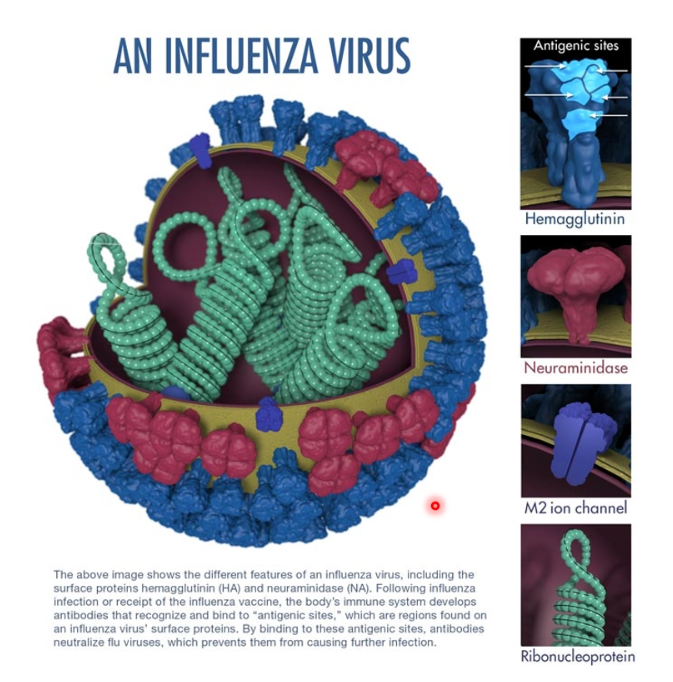
-Hemagglutinin
-Neuraminidase
-M2 ion channel
-Ribonucleoprotein
-
What is H-hemagglutinin used for?
Binding to cell in the influenza virus
-
What is N-neuraminidase used for?
Releasing from the cell in the influenza virus
-
The H3N2 strain of influenza predominated in what year?
2018
-
How did H3N2 come to be?
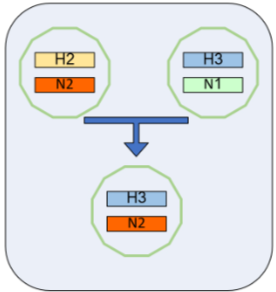
When different influenza strains infecting the same cell swapped their genetic material
-
What is evolution?

Accumulated, heritable changes within a population, over generations giving rise to new species
-
What provides the difference between chemistry and biology?
Evolution
-
Picture outlining the phylogenetic tree of LIFE
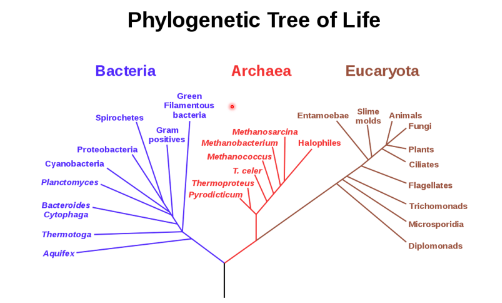
-
What is taxonomy?
Naming groups of organisms (taxa)
-
What is classification?
Arranging taxa into an ordered hierarchical system
-
What is phylogeny?
Determination of ancestral relationships of organisms and their evolutionary history
-
All organisms are derived from a distant common ancestor called?
LUCA
-
Phylogenic relationships can be represented using what?
Phylogenetic trees
-
Picture demonstrating myoglobin evolution across some species:
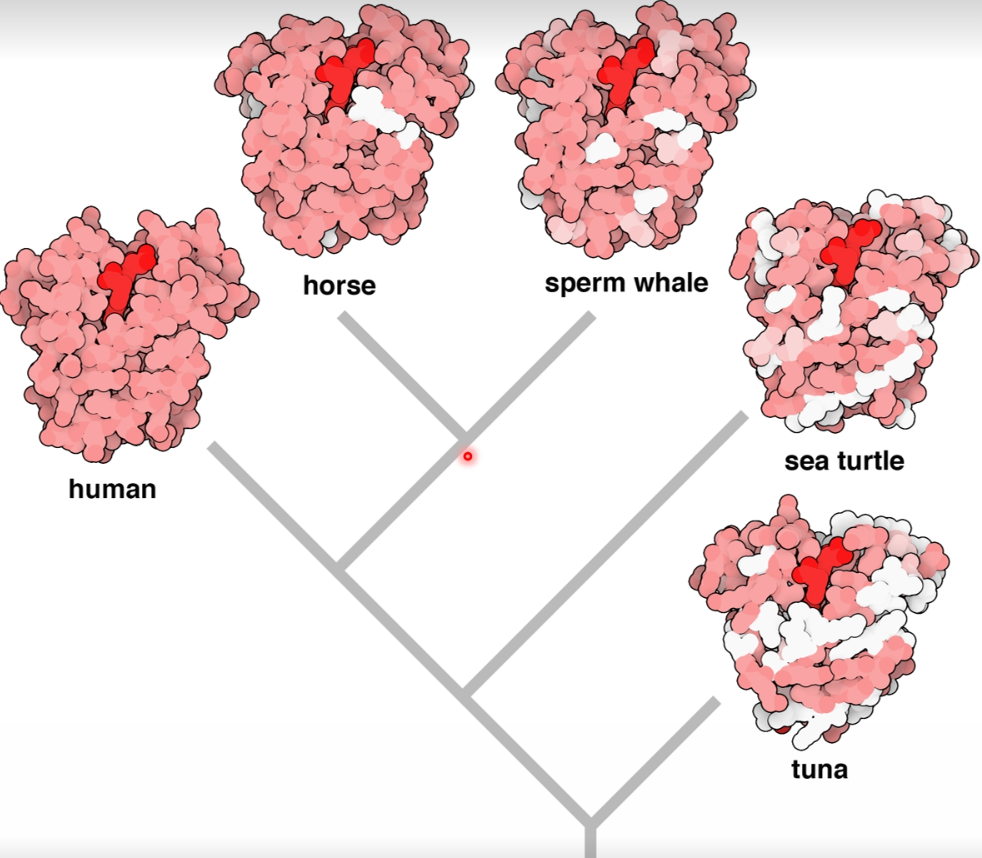
-Red is the haem molecule
-White represents the differing amino acids
-
Changed in the genotype arise due to 'little' and 'big' mistakes in the DNA (or RNA) during replication; Name the little mistakes (4)
-Small duplications
-Small insertions
-Small deletions
-Base substitution
-
Changes in the genotype arise due to 'little' and 'big' mistakes in the DNA (or RNA) during replication; Name the big mistakes (5)
-Large DNA duplications
-Chromosomal rearrangements
-Large deletions
-Viral insertions
-Insertion of transposable elements
-
What can act as molecular clocks?
Mutation rates
-
Where are differences most likely to be observed?
The non-coding regions due to being more tolerant to changes
-
Where are differences least likely to be observed?
The coding-regions due to their high conservation
-
What is natural selection?
Organisms that are better adapted to the environment survive to produce more offspring
-
What is genetic drift?
Variation in relative frequency of different genotypes in small populations due to chance
-
What is gene flow?
Transfer of alleles (genes) from one population to another
-
Applied selection is another way how changes in the genotypes arise: Name some examples:
-Plant or animal breeding
-Antibiotic, drugs, pesticide resistance
-
One way how evolution was observed was by studying the E.Coli growth: Elaborate on this process: (5)
-Started off with 12 colonies of E.Coli from a single clone
-Sub-culture every day, for 31 years
-Freeze culture samples every 500 generations (75 days)
-Over 73,000 generations have been observed (until it was shut down by covid)
-Difference between cultures emerged over the years
-
What is another test scientists have done on the E. Coli to observe evolution? Elaborate on this: (3)
-They tested the ability of E. Coli to grow in citrate in the presence of oxygen!
-The ability to use citrate (in oxygen) evolved after about 30,000 generations in one group particular
-E. Coli can't usually use citrate in oxygen
-
How is Citrate utilisation in E. Coli possible?
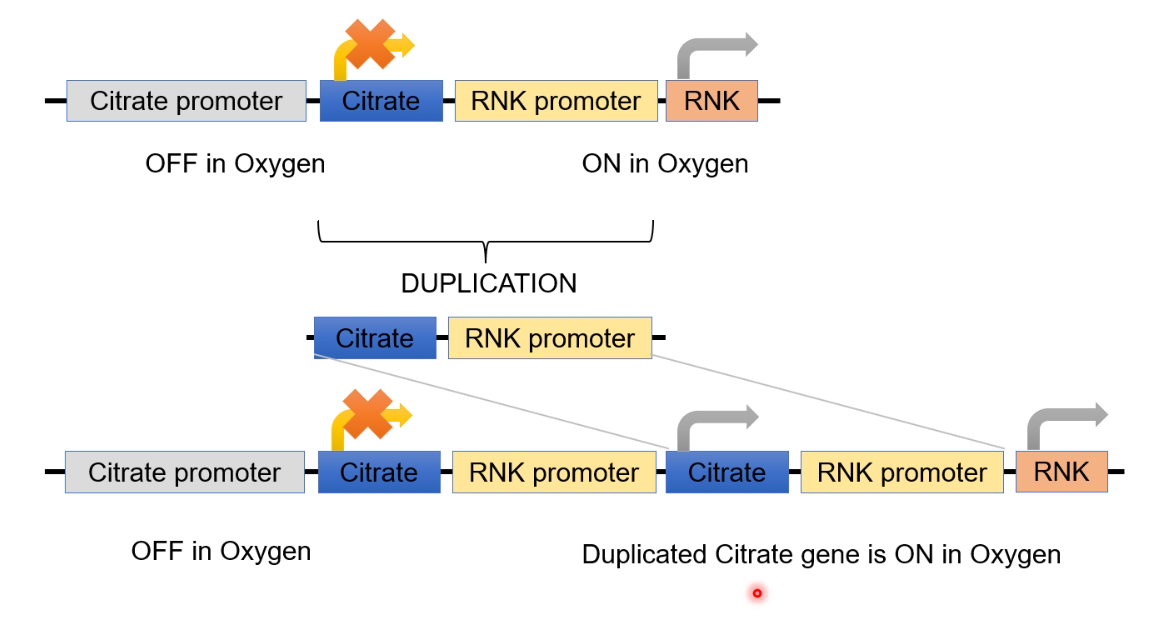
Citrate and RNK promoter duplication
-
Why is sickle cell anaemia so common in tropical regions?
-Due to the historical association with malaria.
-Heterozygotes (carriers) for the sickle cell trait have increased resistance to malaria.
-In malaria-endemic areas, (the tropics) individuals carrying one copy of the sickle cell gene have a survival advantage against malaria.
-
We can use isotopes to measure the age of things, what is one method you know?
Radiometric dating
-
What are the requirements for radiometric dating? (4)
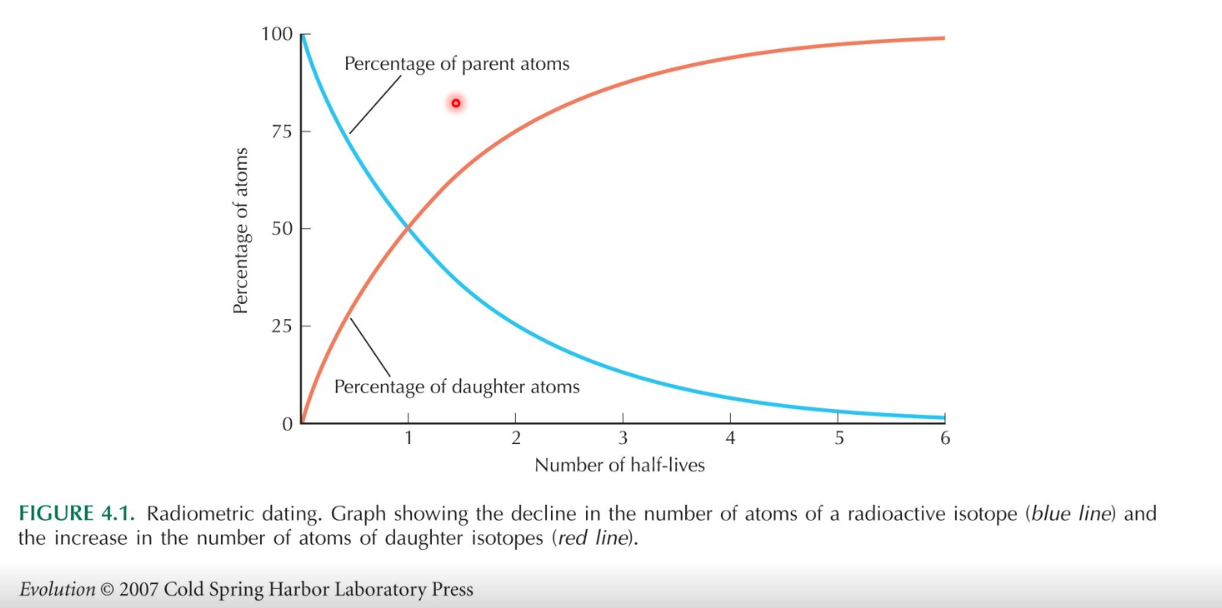
• The rate of radioactive decay is constant-So not affected by temperature, pressure, chemicals, electrical or magnetic fields
• Parent and daughter nuclides cannot leave or enter material after it is formed
• No intrusion of other, later rock
• No contamination
-
What is a nuclide?
A type of atom with a specific number of protons and neutrons in its nucleus.
-
What is the RNA World hypothesis? (3)
-Proposed scenario for the origin of life, suggesting that RNA (ribonucleic acid) played a central role before the evolution of DNA and proteins.
-Suggests that RNA molecules were capable of both storing genetic information and catalysing biochemical reactions.
-Hypothesizes that self-replicating RNA molecules could have been the precursors to the first life forms.
-
Picture outlining the shared characteristics between the three domains of life:
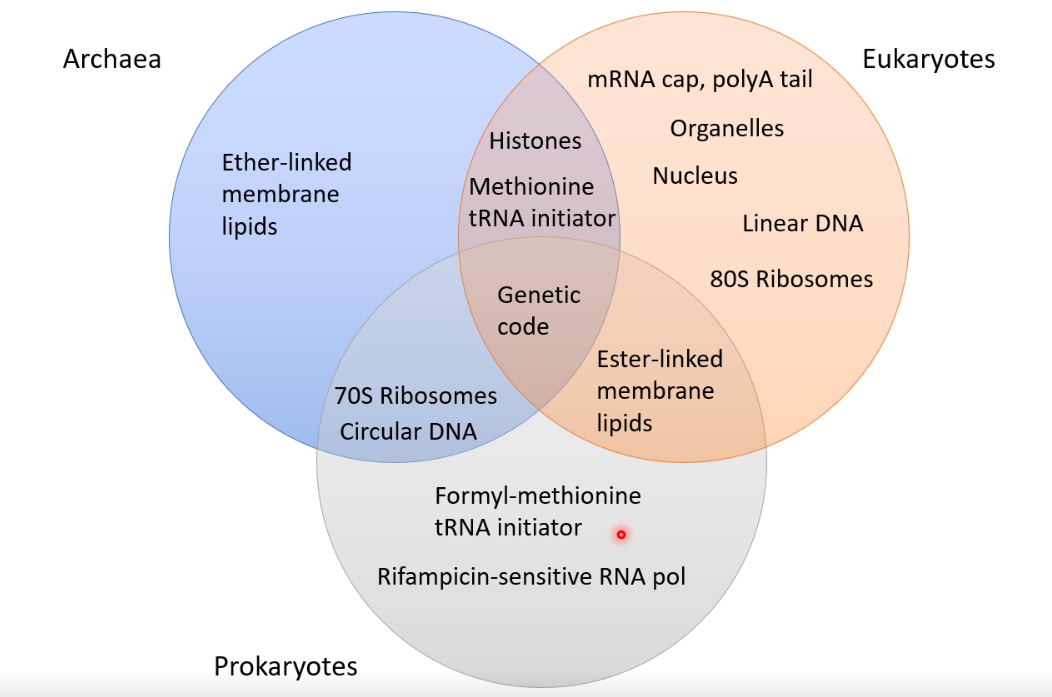
-
What is endosymbiotic evolution?
-Theory proposing that eukaryotic cells originated through the symbiotic relationship between different types of prokaryotic cells.
-Suggests that mitochondria and chloroplasts, organelles in eukaryotic cells, were once free-living bacteria engulfed by ancestral eukaryotic cells.
-
What is the evidence for endosymbiotic evolution of eukaryotic cells? (4)
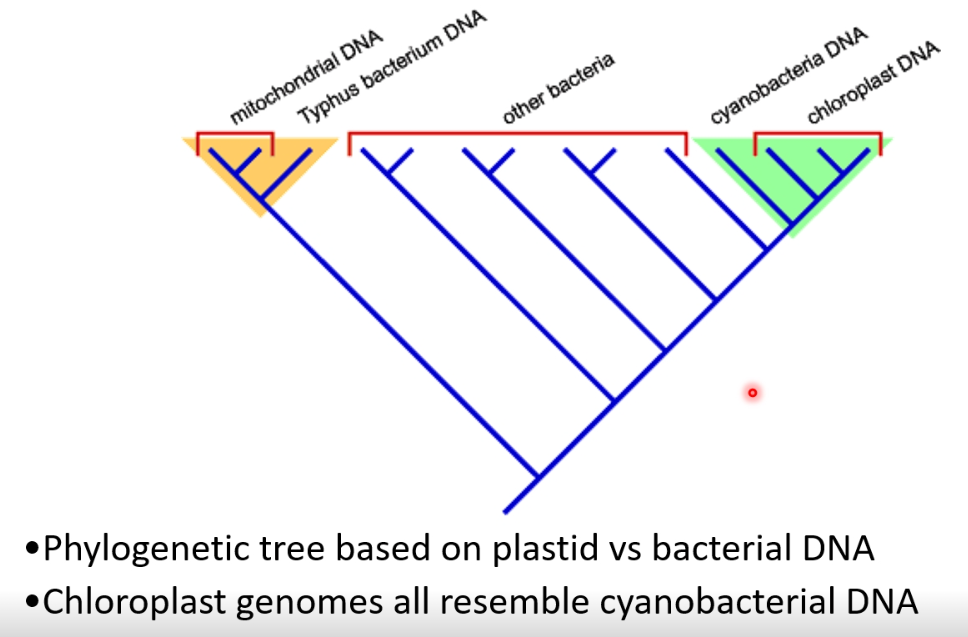
• Mitochondria have their own circular genome which replicates independently of nuclear DNA
• New mitochondria are produced by fission of existing mitochondria
• All mitochondrial genomes share similarity with the Typhus bacterium Rickettsia prowazekii
• Rickettsiales are obligate, intracellular parasites or symbionts of eukaryotes
-
Plastid genomes encode....
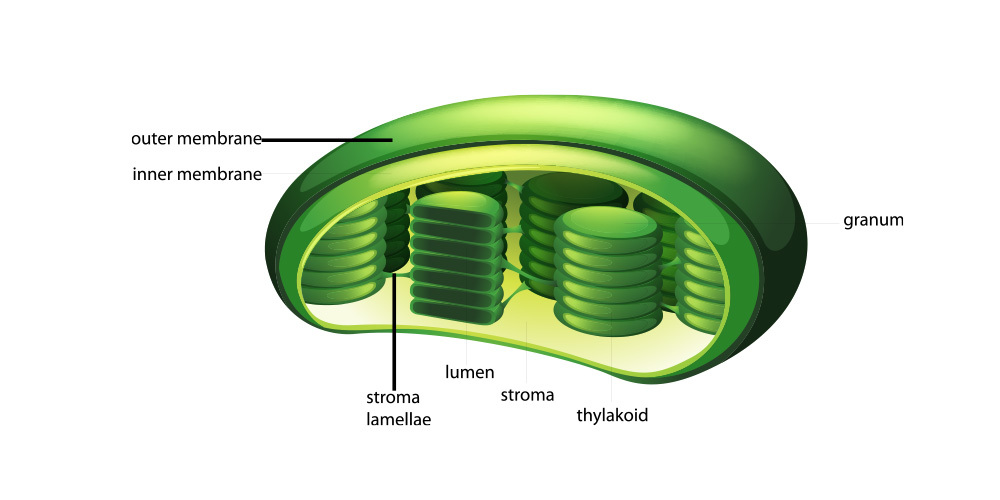
Proteins necessary for plastid function
-
There has been a loss of Genes Compared to the Ancestral Form of plastids, why? Where are these 'lost' genes present?
-Endosymbiotic evolution
-Present in the nuclear genome
-
What is multicellularity?
Where an organism is composed of multiple, specialized cells.
-
What are the four basic processes of multicellularity?
•Spatial organization
•Change in form
•Growth
•Differentiation
-
What does Homologous mean?

Similarity by descent
-
What does Analogous mean?

Similarity by function
-
What is Homology really? And what is an example of Homology? Elaborate:
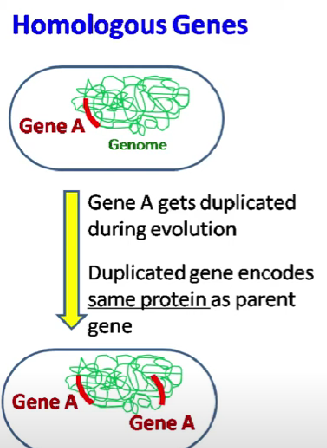
Homology: When two structures arise from a common ancestral version
• e.g. tetrapod limbs
• Because these structures are derived from a common ancestor, they form by a common mechanism
-
What is Anology really? And what is an example of Anology?
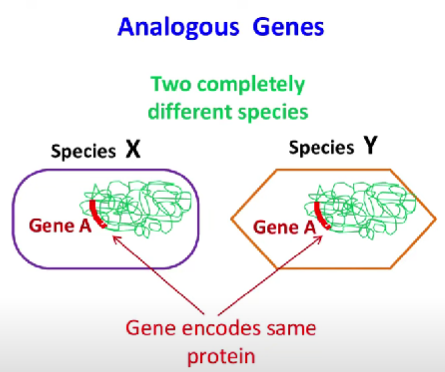
Analogy: When there is no common ancestor – similar structures are produced by selection to meet similar function (convergent evolution)
• e.g. insect wing & bird wing
• Although different
developmental mechanisms, some molecular components may be the same
-
What is another example of molecular convergence relating to the eye? Elaborate on this: (8)
-The crystallins (lens proteins)
•There are three main types of crystallins in the lens – a and b/g
• Alpha crystallins are related to Heat-Shock Proteins
• So have been recruited to a lens function
• Beta/gamma crystallins are homologous
• But many other different lens proteins exist in different species
• These tend to be enzymes/have enzymatic activity
• in addition to being soluble, stable, transparent & refractive
• Modification of a regulatory region allows expression in lens as well as other tissues
-
Picture outlining taxon specific crystallins:
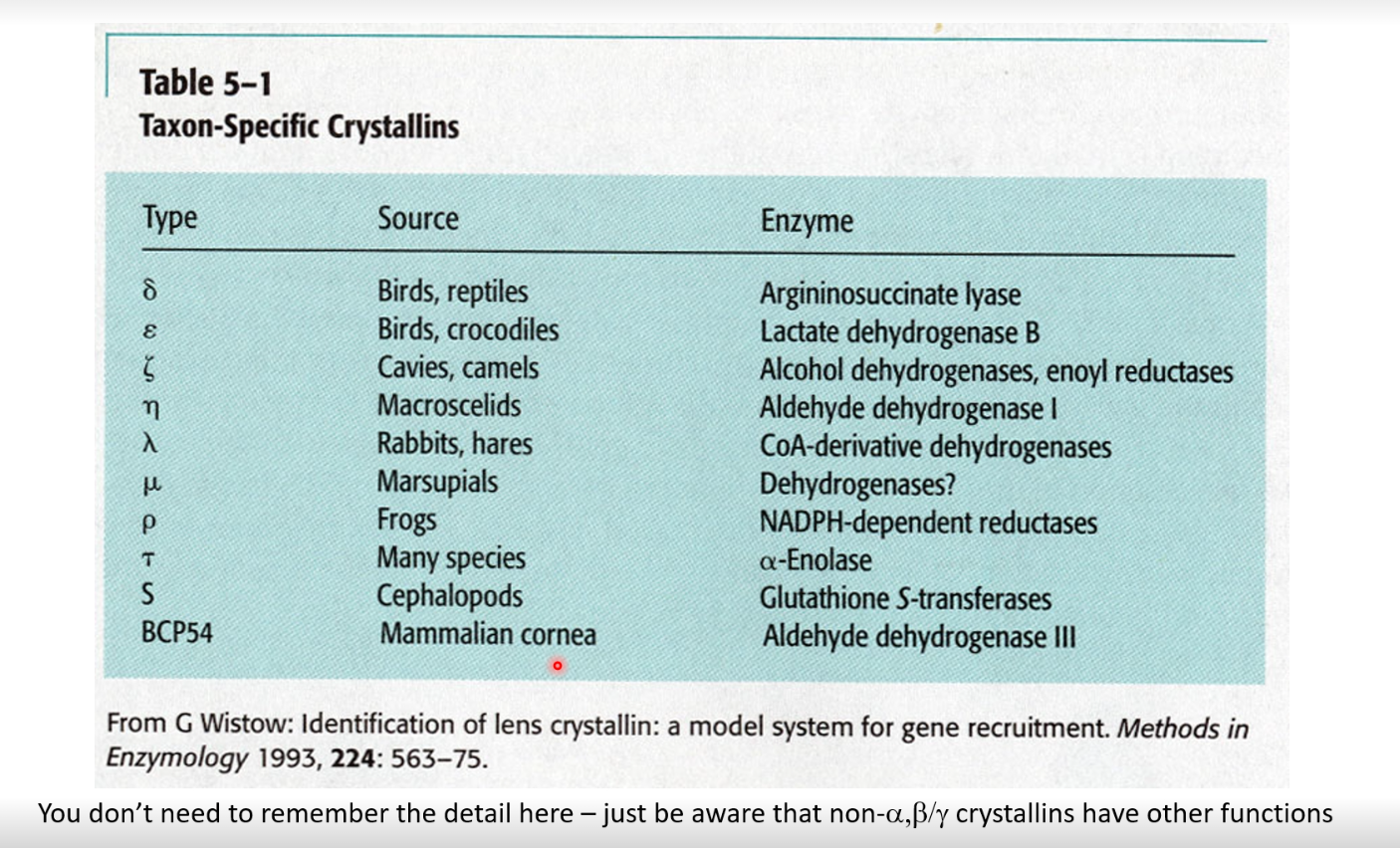
-
How is molecular homology determined?
From amino acid or nucleic acid sequence
-
What are paralogs?
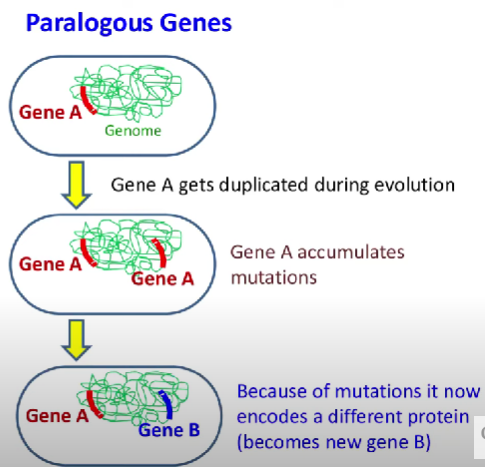
Genes that originate from a common ancestral gene through gene duplication.
-
What are orthologs?
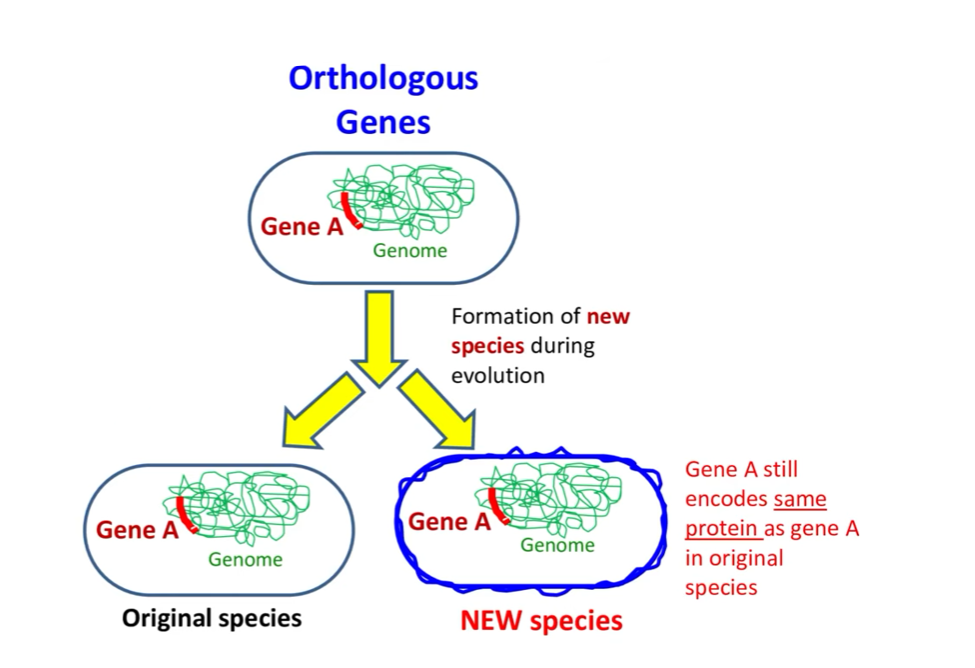
Genes in different species that share a common ancestry through speciation.
-
Gene duplication drives evolution, How?
Gene/regulatory region duplication allows the ancestral activity to be maintained
-
Duplicated genes can take on other functions, like what? (2)
• Complementary functions-Duplicated genes maintain similar or overlapping functions.
• Non-overlapping functions-Duplicated genes acquiring new functions that were not present in the ancestral gene.
-
Ultrabithorax mutants have an extra set of what?
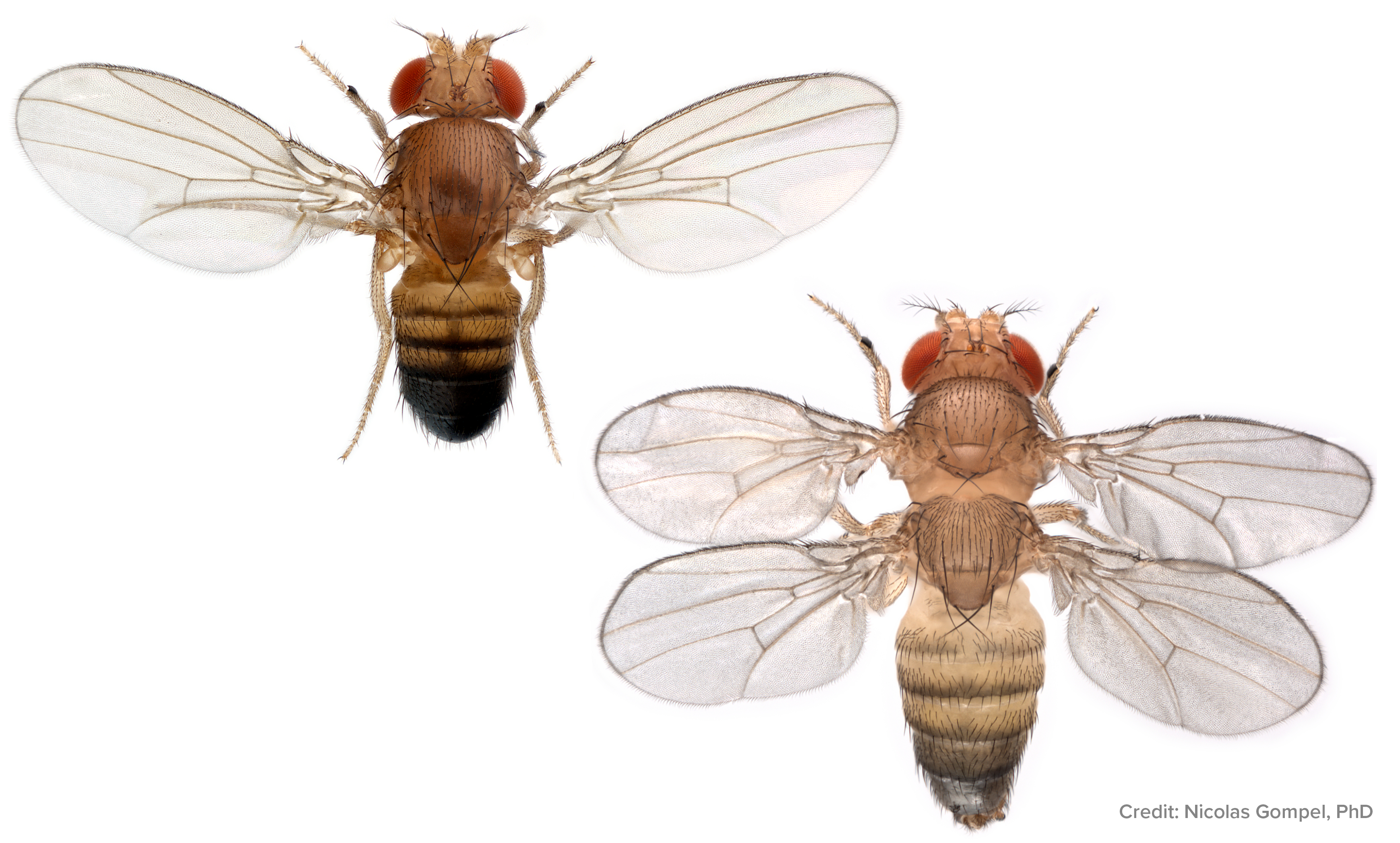
Wings
-
How are ultrabithorax mutants formed?
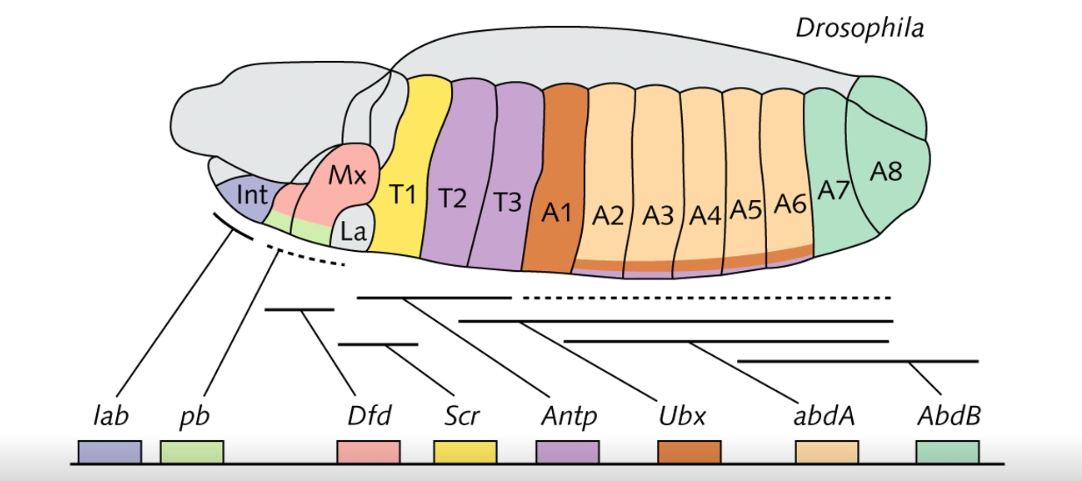
Mutation of the Ubx gene within the Hox genes
-
What are the Hox genes?
A family of genes that encode transcription factors.
-
What do the Hox genes do?
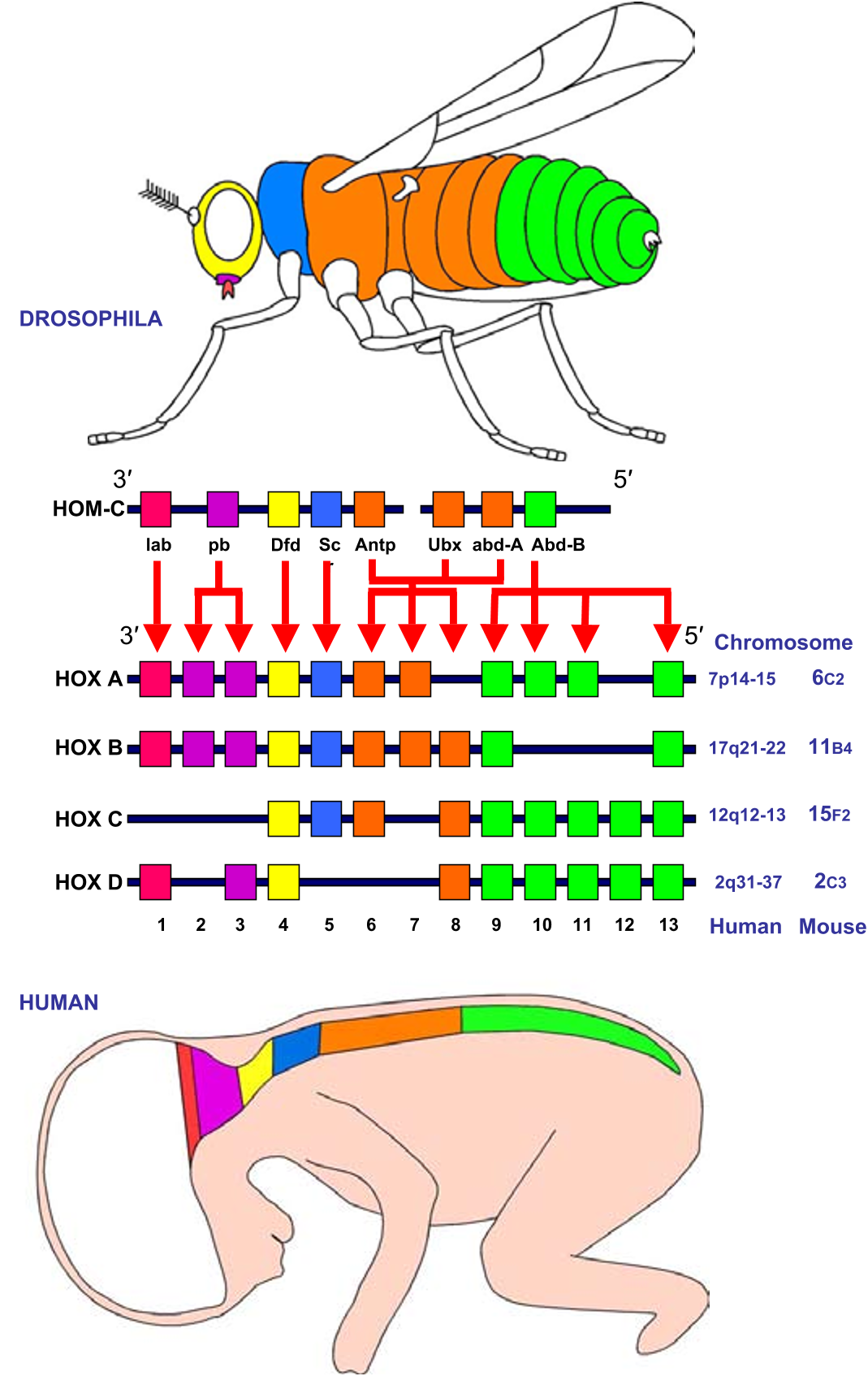
• Hox genes bind DNA in a sequence-specific fashion and regulate the expression of adjacent/nearby genes
• Confer positional identity along the Anterior-Posterior (cranio-caudal) axis
-
Picture outlining the gene differences in homologues, paralogues and orthologues for your understanding
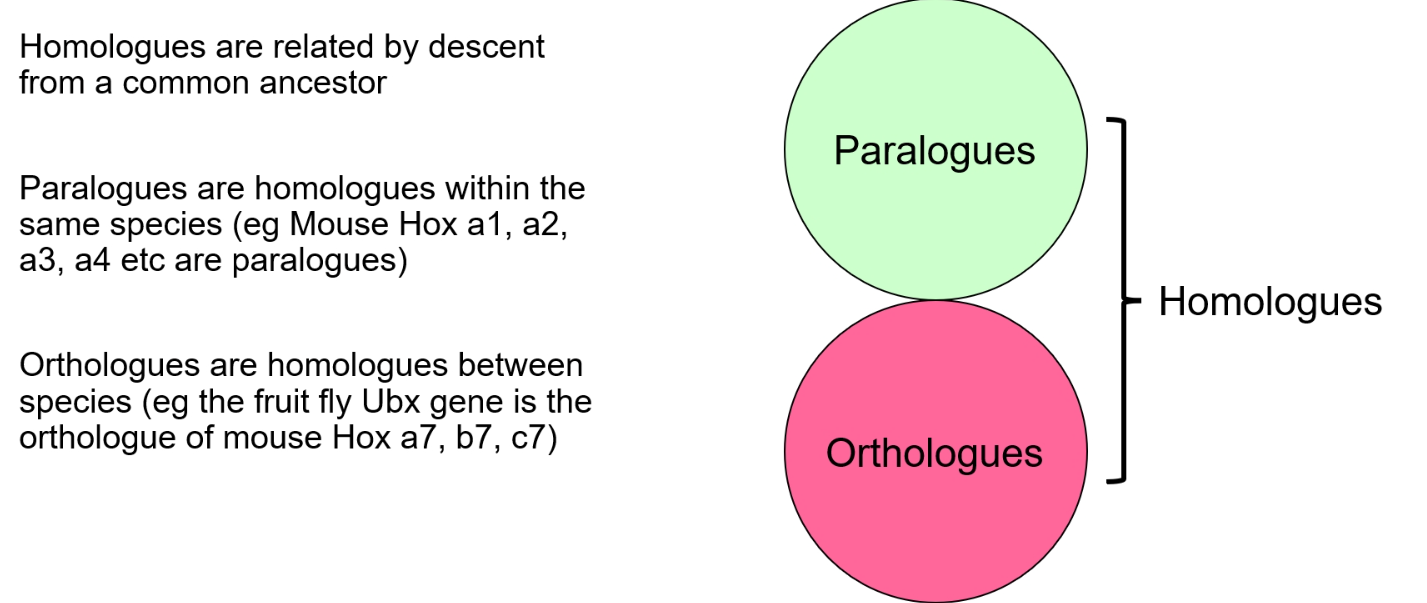
-
The DNA binding part of the Hox genes is called what? What do they do (1)?Which is also used in what?
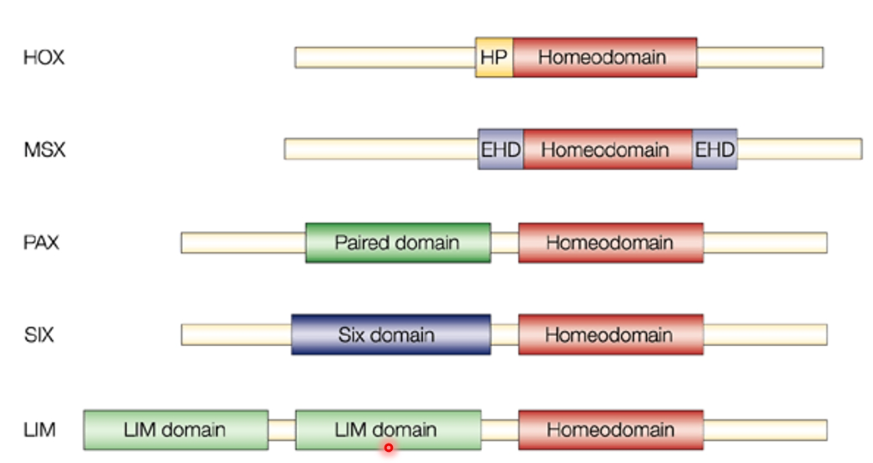
Homeodomains
-Play a crucial role in the regulation of gene expression by binding to specific DNA sequences and influencing the transcription of target genes
-Also used in other related transcription factors
-
What are the three essential parts that make up an 'eye'?
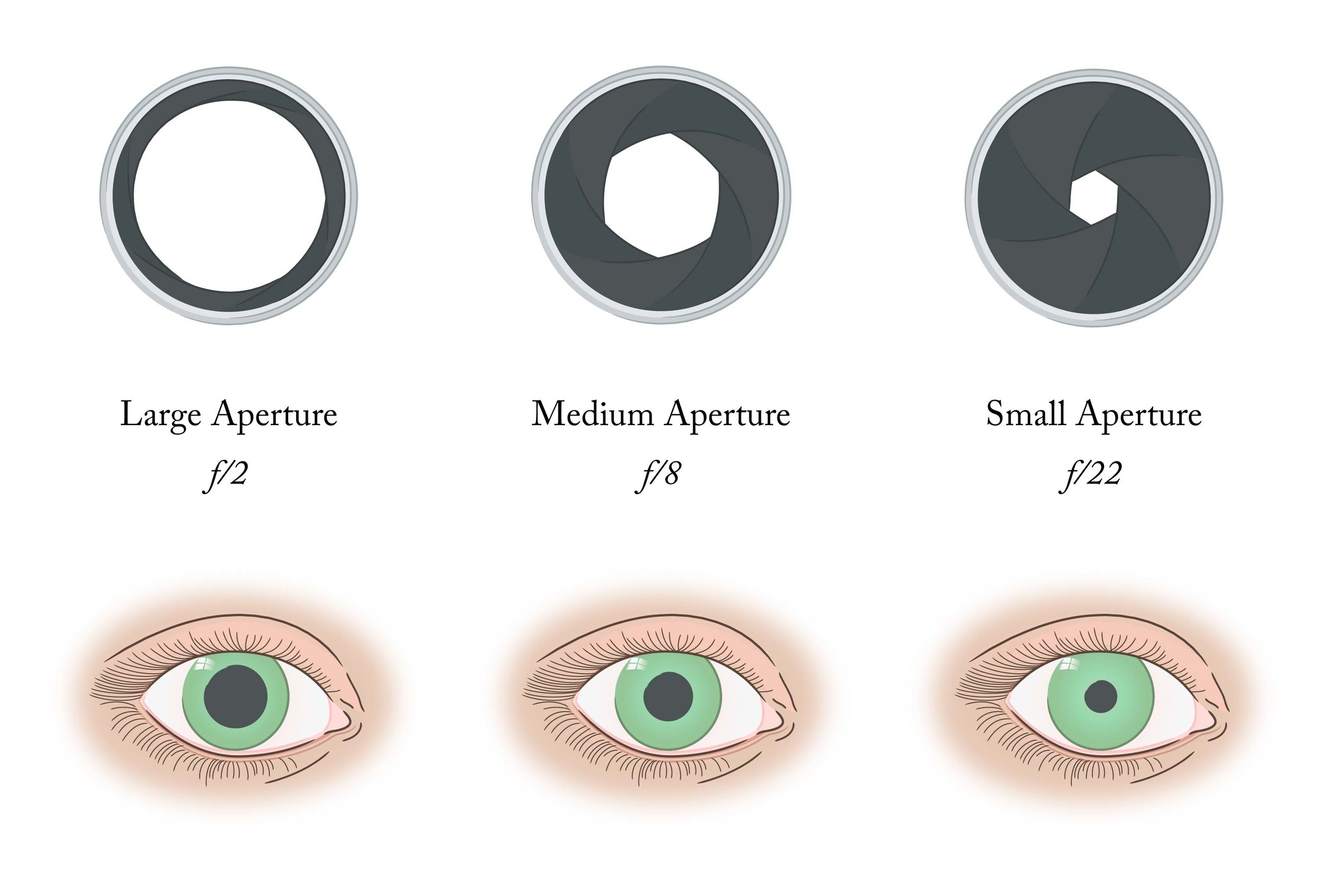
-Photoreceptor
-Lens
-Aperture
-
Morphological comparison suggest eyes has evolved over how many times?
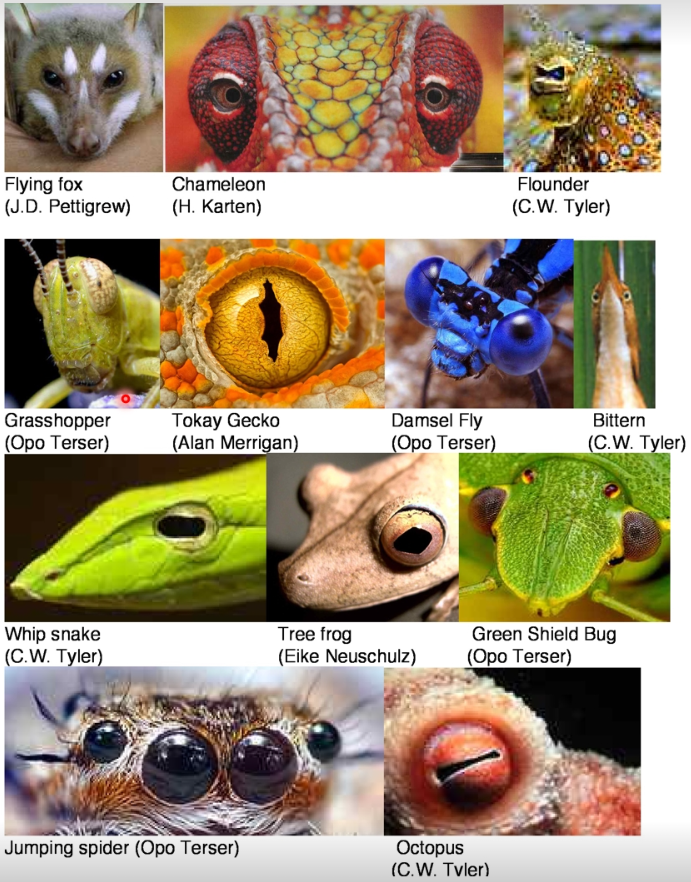
40
-
Picture summary about how these eyes differ amongst different species:
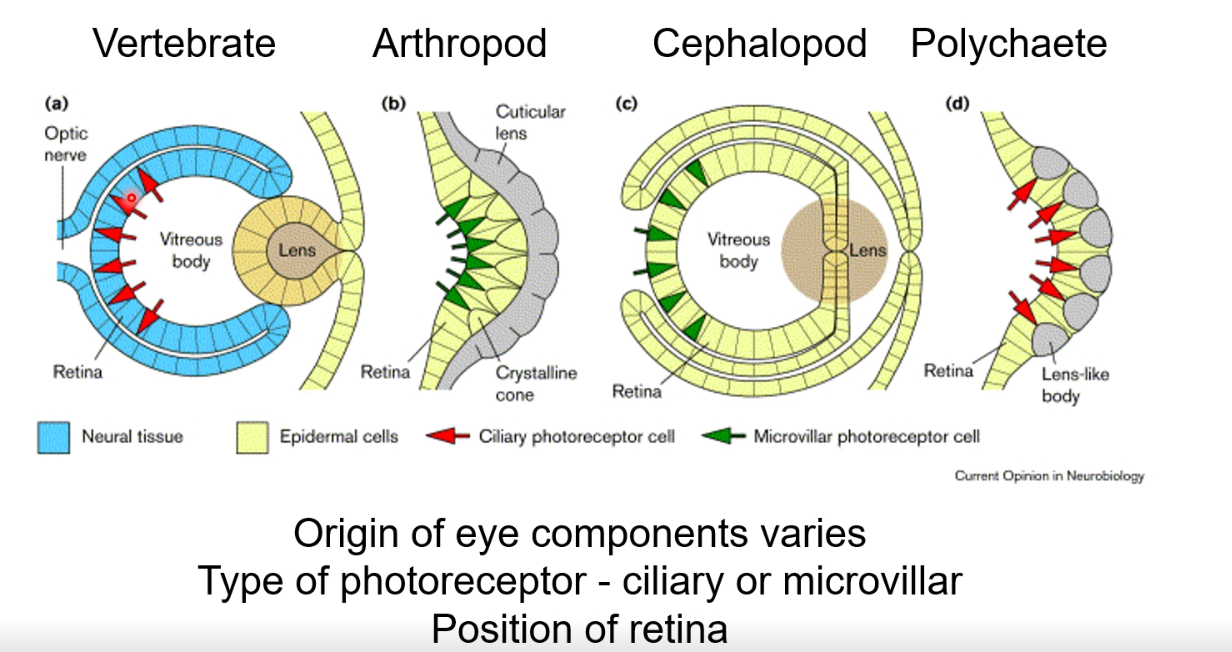
-
ALL eukaryotes use a homologous family of proteins to detect light; What is this family?
Opsins
-
What are opsins?
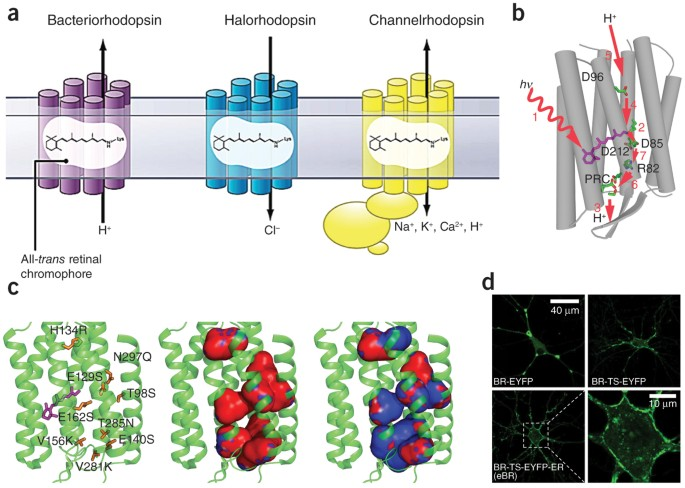
G-protein coupled receptors that convert light to nerve impulses
-
Eukaryotic opsins share sequence homology and have diverged to detect what?
Different wavelengths of light
-
Do prokaryotes have GPCR opsins?
YES
But with a different molecular origin – example of convergent evolution
-
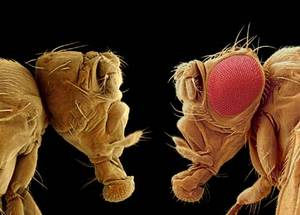
'Eyeless' gene mutation in drosophila is orthologous to what?
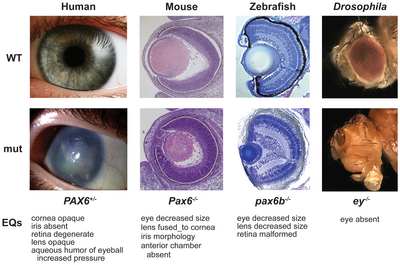
Pax6 in humans (aniridia) and mice (smalleye)
-
The Ectopic expression of eyeless in Drosophila causes what?
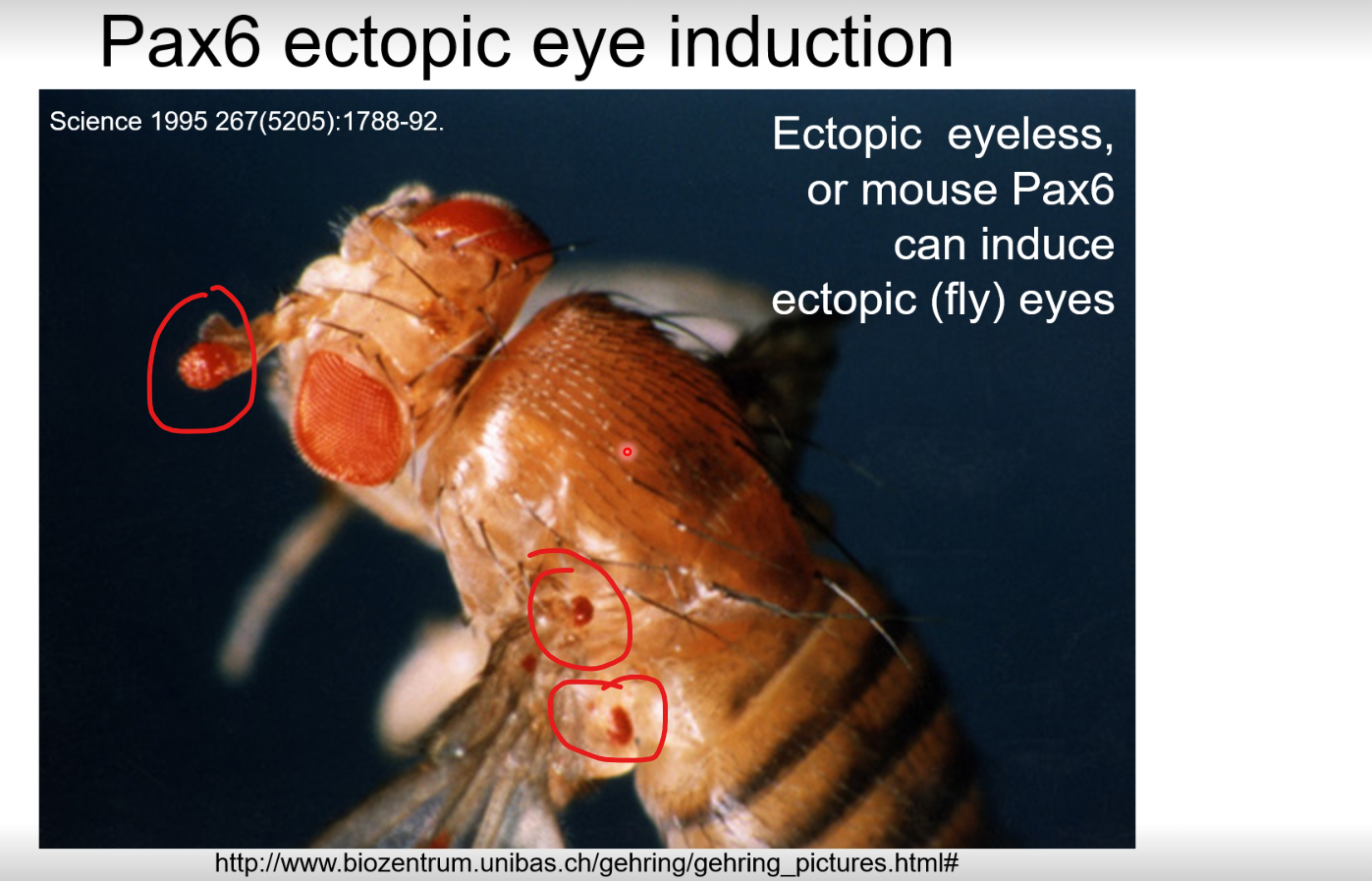
Ectopic eyes
-
What does 'ectopic' mean?
Refers to the abnormal expression of a particular feature or structure.
-
If the mouse Pax6 gene is inserted into a fly, it will also function in that fly; This shows what about Pax6?
Pax6 is involved in eye development throughout animal kingdom
-
Can other genes other than Pax6 induce ectopic eyes?
Yes
-
Can animals without eyes have Pax6?
Yes
-
Picture outlining Mexican blind cave fishes eye loss through evolution:
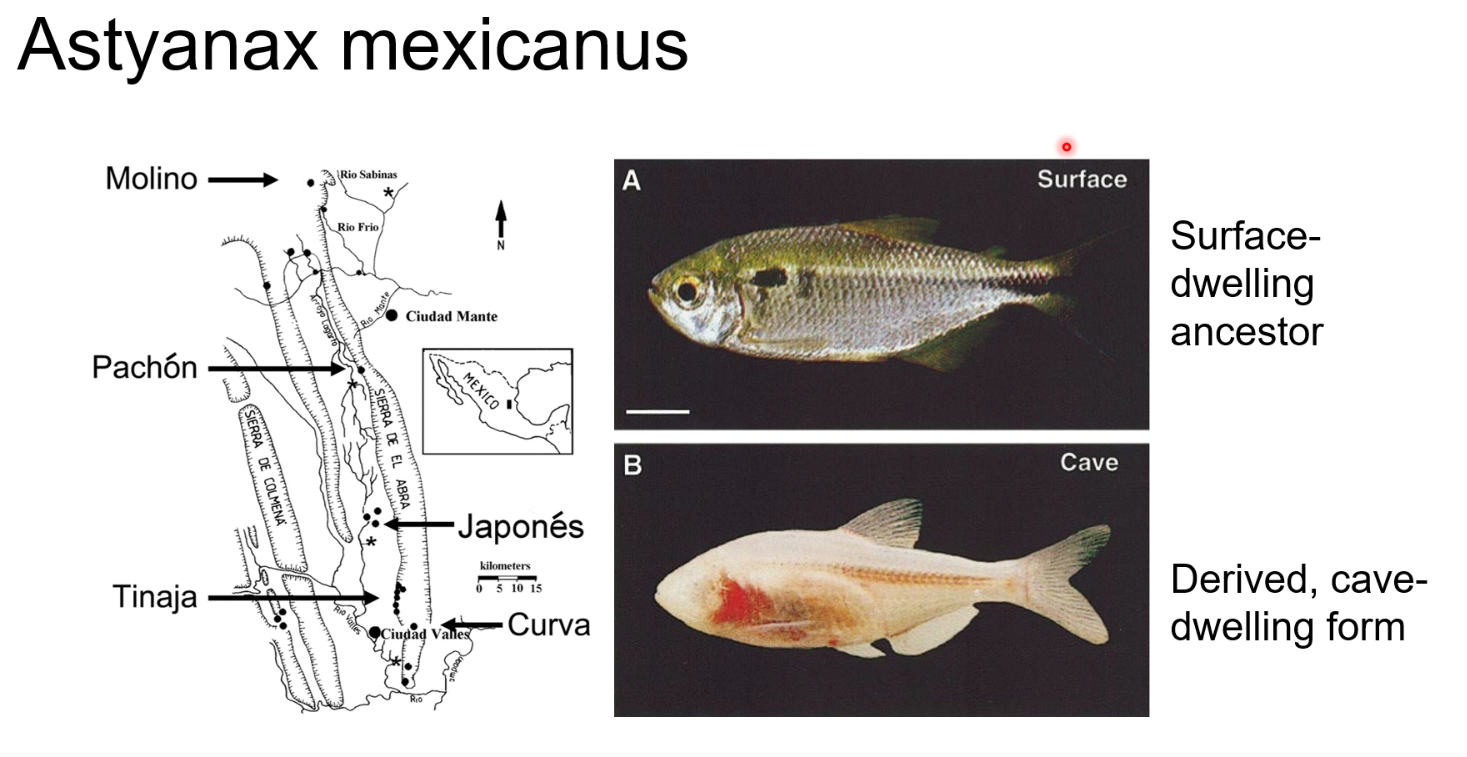
-
Are the mitochondria inherited paternally? Elaborate on your reasoning (5)
NO
• Mitochondria are maternally inherited
• The mitochondrial genome replicates independently of the nuclear genome and does not undergo recombination
• Similarly, the male Y chromosome does not have a homologous female chromosome to recombine with
• Changes in sequence of mtDNA and the Y chromosome are due to random mutations over time
• Analysis of mtDNA and Y chromosome sequence shows maternal and paternal origin, respectively

